Projects
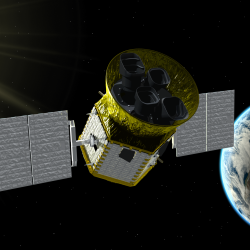
Transiting Exoplanet Survey Satellite
A new planet hunter will spend the next two years searching for exoplanets, including those that could support life.
Tags
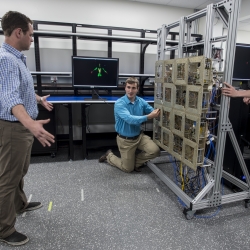
Video-Rate Standoff Microwave Imaging System
The system can rapidly and discreetly detect threat items concealed under clothes or hidden in bags of people in crowded public spaces.
Tags
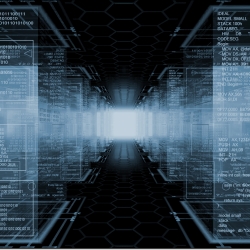
PANDA – Platform for Architecture-Neutral Dynamic Analysis
An open source platform helps analysts quickly reverse engineer large, real-world binary systems to better analyze how software executes.
Tags
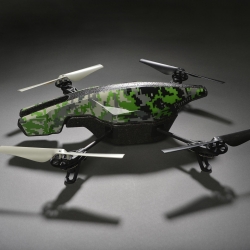
Urban Counter-UAS Operational Prototype
The prototype is enabling DHS to test technologies that can counter the threats posed by commercial drones.
Tags
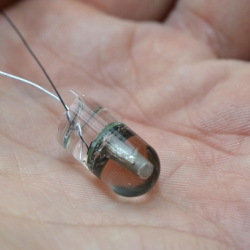
EnteroPhone™
A wireless, ingestible device monitors heart and breathing rates by listening to the body's sounds and senses core temperature, all from within the gastrointestinal tract.
Tags
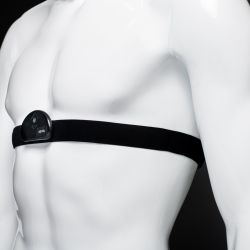
Physiological Status Monitoring
New sensors that gather data on a soldier's physiological state can help prevent heat-related injuries.
Tags
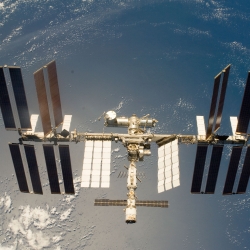
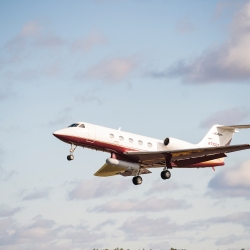
Prototype Airborne Contested Environment Communication Relay (PACECR)
A system enables aircraft to replace a satellite communications network.
Tags
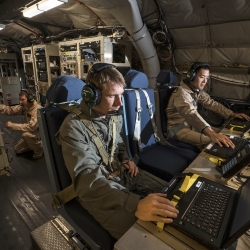
Protected Antijam Tactical SATCOM
Satellite communications technologies enable the U.S. military to maintain connectivity in the field.
Tags
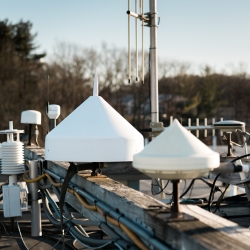
GPS Support, Test, and Research Laboratory
We conduct research on the performance and vulnerability of GPS devices embedded in military and civilian systems.
Tags